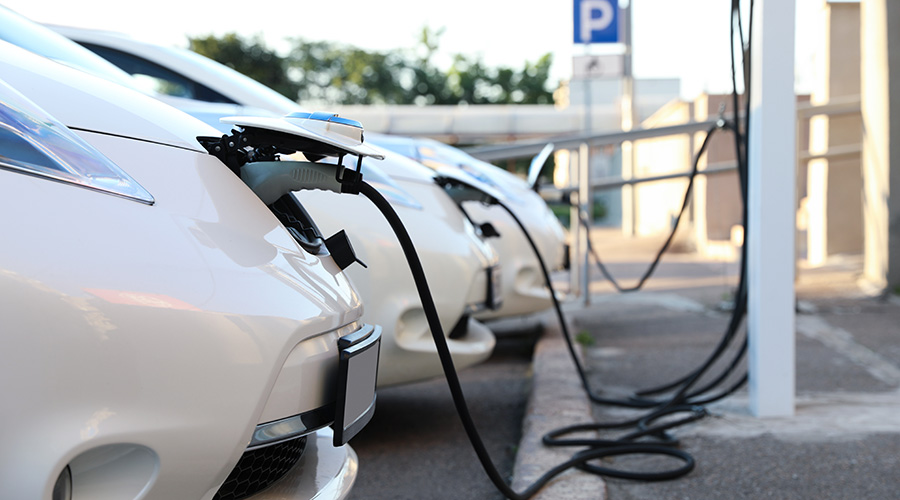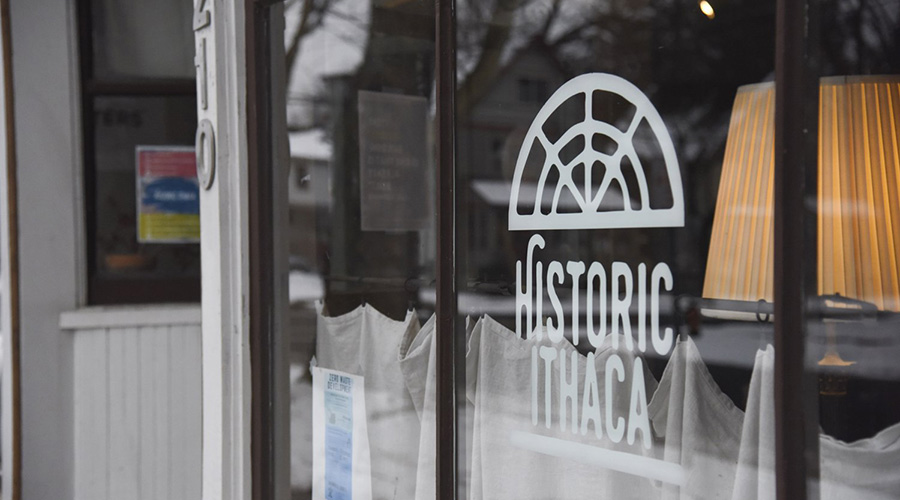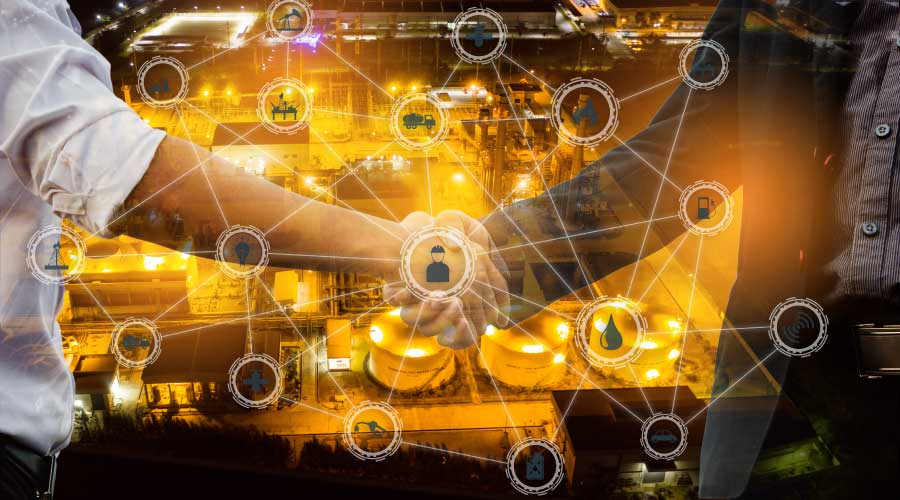Reflective Roofs and Insulation Fuel Energy Efficiency
The variety of available roof systems, characteristics, and performance, in addition to the challenge of analyzing a roof’s potential in terms of life cycle, makes it difficult for managers to evaluate a system by the true definition of a green roof. A manageable approach consists of two components: identifying limitations of the established measurement standards to avoid applying them incorrectly, and considering the overall durability of the roof system.
The Energy Star and Leadership in Energy and Environmental Design (LEED) ratings programs each offer quantitative guidelines for sustainable roofing, but they only consider the characteristics of reflectivity and emissivity. They focus on a roof’s impact on the heat-island effect but neglect to include aspects of sustainability, including resource use, energy use, and life span.
Highly reflective roofs can significantly decrease energy required for air conditioning in certain situations, but true energy savings vary based on building design, operation, cooling and heating equipment, and local weather. Often, promises of energy savings for reflective roofs overstate the actual savings.
In some cases, reflective roofs lead to increased energy use in cooler regions where additional heating is required to compensate for reflected sunlight. Also, the LEED criteria do not consider diminishing performance. Light-colored roofs soil and can lose 35-50 percent of reflectivity during the first three years without regular cleaning.
Proper insulation is often more important for energy efficiency than the nature of the roof surface. So while official guidelines play a part in the building industry, managers should not apply them blindly. In addition to material properties, life span, and other characteristics, managers need to consider the environmental effects of a particular roof based on behavior in its actual location.
Related Topics:













